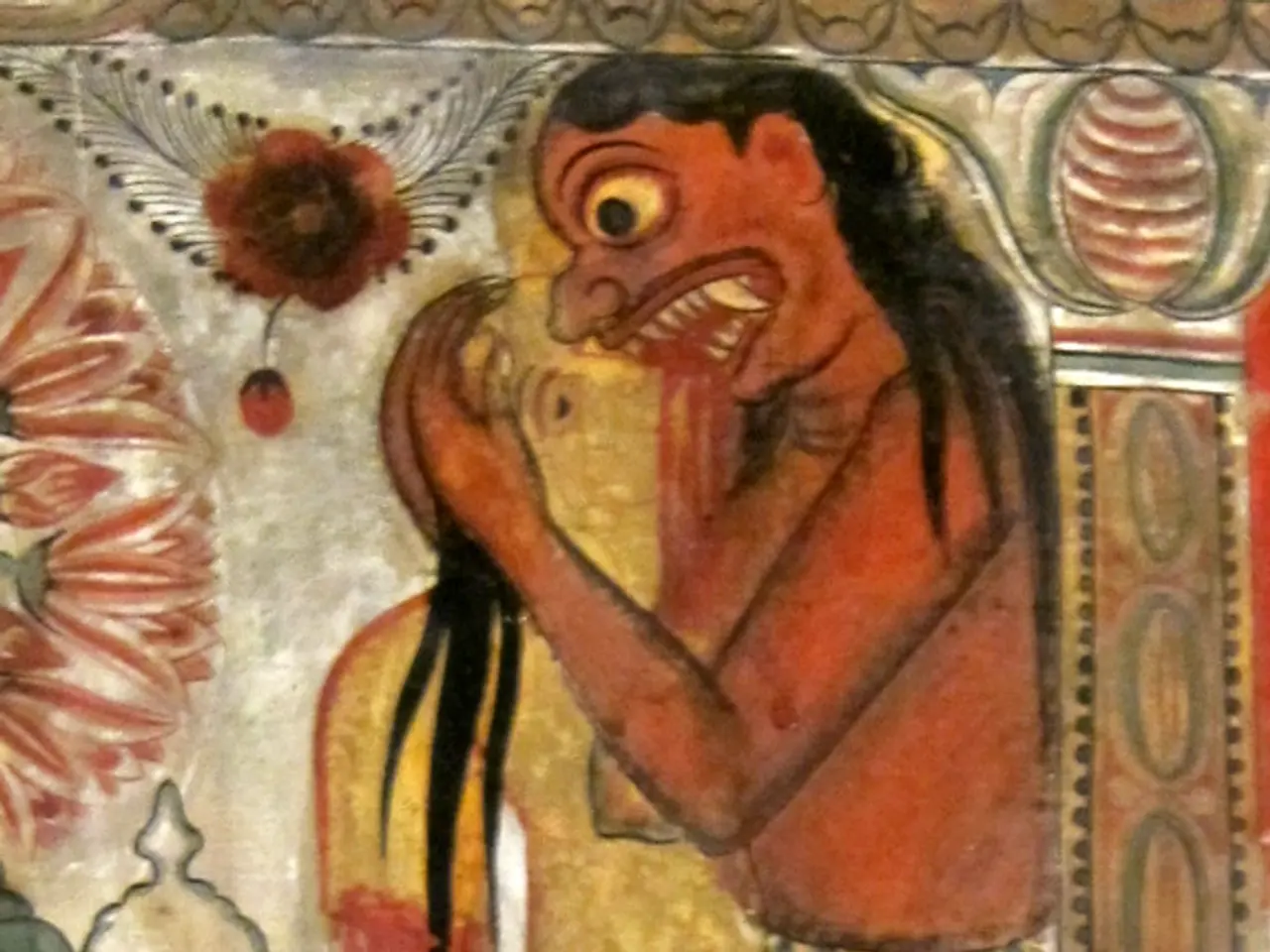Mobile Game Developers Boosted byDistinctive, Artistic Game Graphics for Mobile Platforms
In the dynamic world of mobile gaming, stylized graphics have emerged as a popular choice among developers, contributing significantly to the success of many games.
One of the key benefits of stylized graphics is improved performance and efficiency. The use of low-poly or simplified models reduces the complexity of visual assets, leading to faster load times, steadier frame rates, and smoother performance on lower-end mobile devices. This makes the game accessible to a broader audience [1][2].
Stylized graphics also offer artistic freedom and a unique visual experience. They allow developers to creatively express surreal, abstract, or imaginative settings that are visually distinctive and emotionally engaging, beyond what realistic graphics can convey [1][2].
Another advantage is cross-platform compatibility. Stylized games typically have lower resource requirements, enabling them to run well on multiple platforms, especially mobile devices with limited hardware capabilities [2].
Moreover, stylized graphics tend to age better and maintain appeal over time, providing longevity and timeless appeal. Unlike realistic graphics that can age quickly as technology advances, stylized graphics often remain visually appealing, allowing older games to still look good and be enjoyable years later [4].
Stylized visuals can also support a creative and emotional gameplay experience, helping players connect with game worlds and narratives uniquely and memorably, as seen in indie hits like Stardew Valley [1][3].
Stylized graphics offer more artistic freedom for lighting, allowing for more creative control. Artistic lighting is more easily achieved in stylized graphics compared to realistic graphics [5].
Examples of successful games that use stylized graphics include "Subway Surfers," "Clash Of Clans," "Genshin Impact," "Ragnarok Mobile," and even popular first-person shooter games like "Borderlands" and "Valorant" [6].
"Ragnarok Mobile" stands out with its manga-like characters and objects, which also fall into the "Stylized graphics" category, attracting adults who have a liking for anime and manga [7].
Stylized graphics can also help games stand out visually, especially in saturated genres like first-person shooters. They can positively impact the capture and solidifying of the player audience [8].
Furthermore, stylized graphics are quicker to sculpt in 3D and offer more margin for skill in 2D compared to realistic graphics [9].
In the mobile gaming landscape, where decisions such as optimal tech requirements, processing speed, exciting SFX and music, available resources, and straightforward gameplay are crucial, stylized graphics prove to be a valuable asset [10].
Lastly, stylized graphics can convey a game's mood and theme in an exaggerated or simplified manner, making them memorable. In contrast, realistic graphics can take longer to identify crucial in-game information [11].
In "Team Fortress 2," stylized graphics improved the speed of identifying enemy classes, contributing to the game's success [3]. Games with stylized graphics are often aimed towards children and teens due to their familiarity with such art styles [4].
In summary, stylized graphics provide mobile developers with benefits in performance optimization, artistic expression, broad hardware compatibility, timelessness, and emotional player engagement—all crucial for the constraints and goals of mobile game development [1][2][3][4].
Artificial-intelligence could be integrated into the gaming experience, enhancing the various aspects of mobile games that employ stylized graphics, such as character development, gameplay mechanics, and difficulty levels based on user feedback.
The advancement of technology, specifically in the realm of artificial-intelligence, could lead to the creation of innovative gadgets, capable of offering immersive gaming experiences beyond what current stylized graphics can provide.




